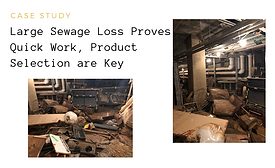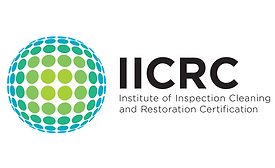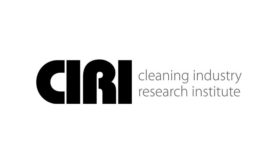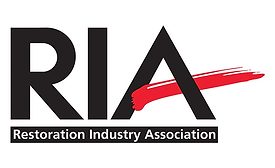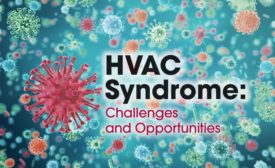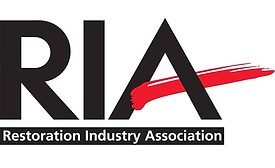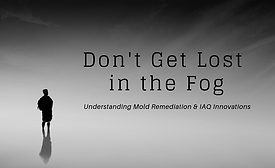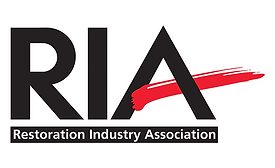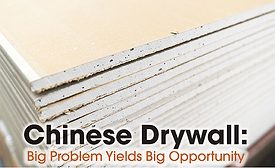Contamination Restoration & Remediation
Learn Through Doing: 2018 RIA Forensic Restoration Conference
Conference held Nov. 15-16 in Cincinnati, Ohio.
October 31, 2018
RIA News: October 2018
Attend Upcoming Restoration Industry Association (RIA) Events
October 4, 2018
Stay ahead of the curve with our eNewsletters.
Get the latest industry updates tailored your way.
JOIN TODAY!Copyright ©2024. All Rights Reserved BNP Media.
Design, CMS, Hosting & Web Development :: ePublishing
